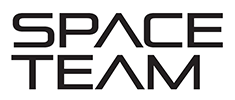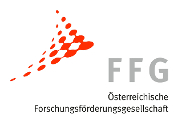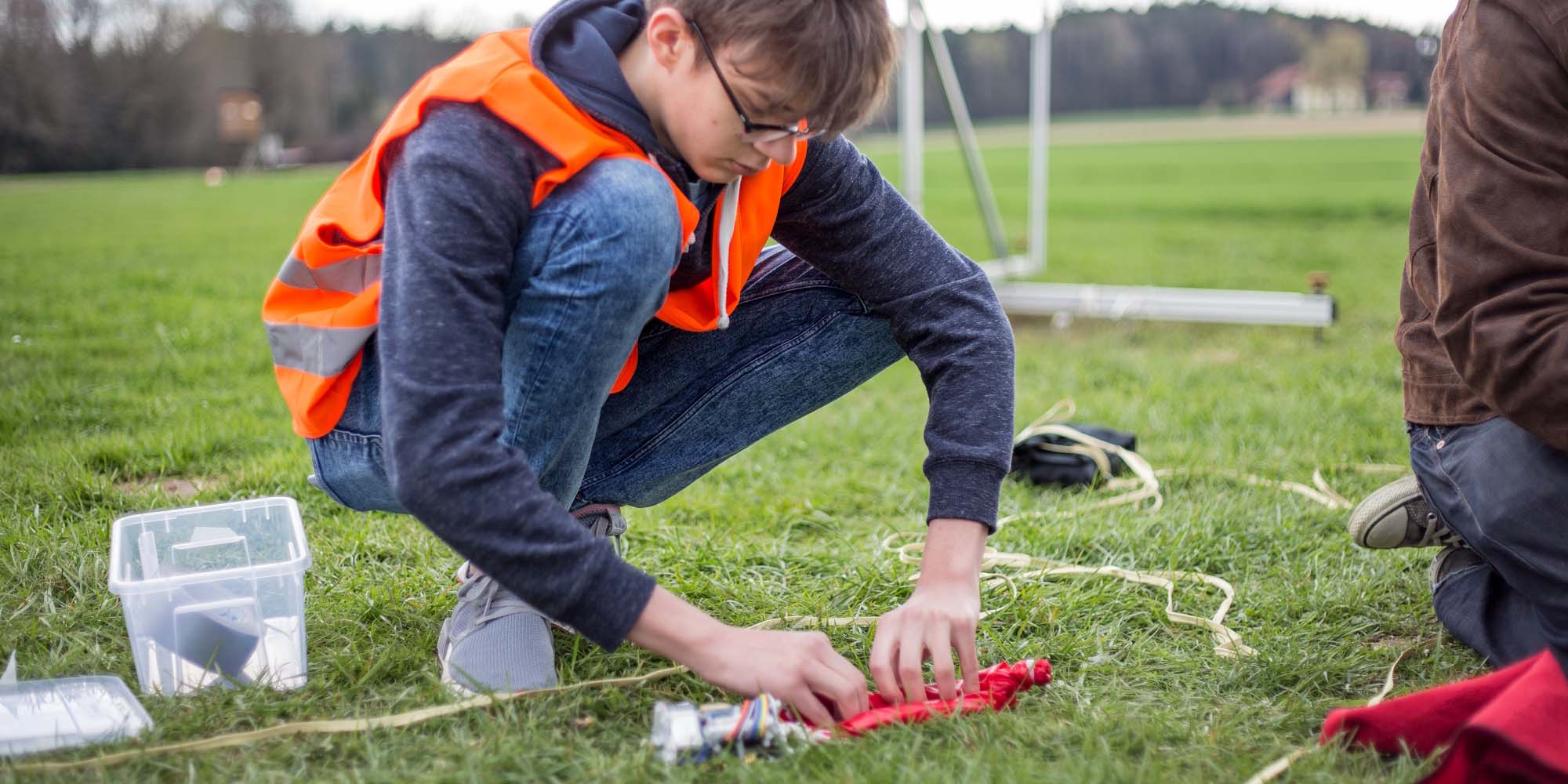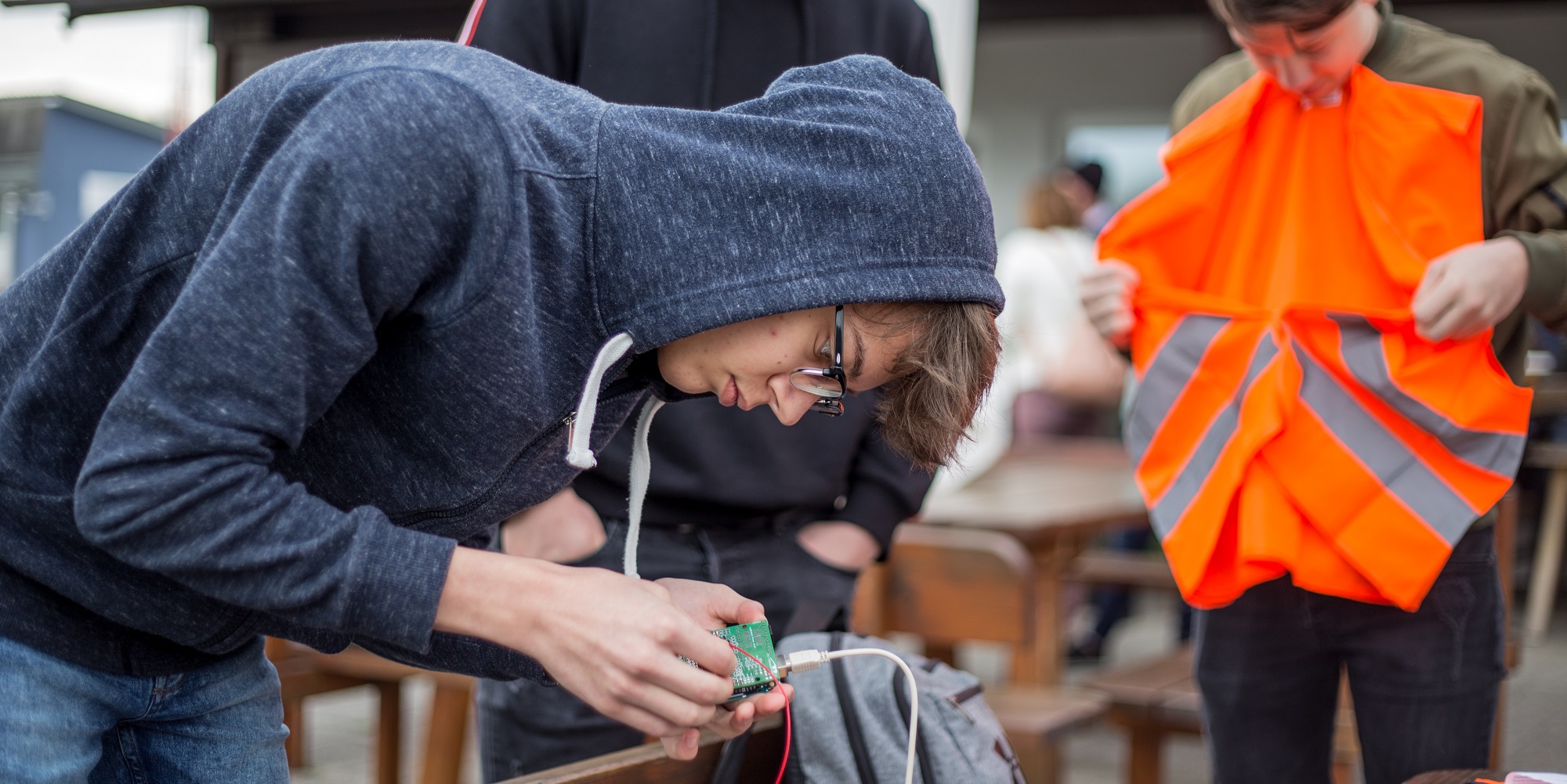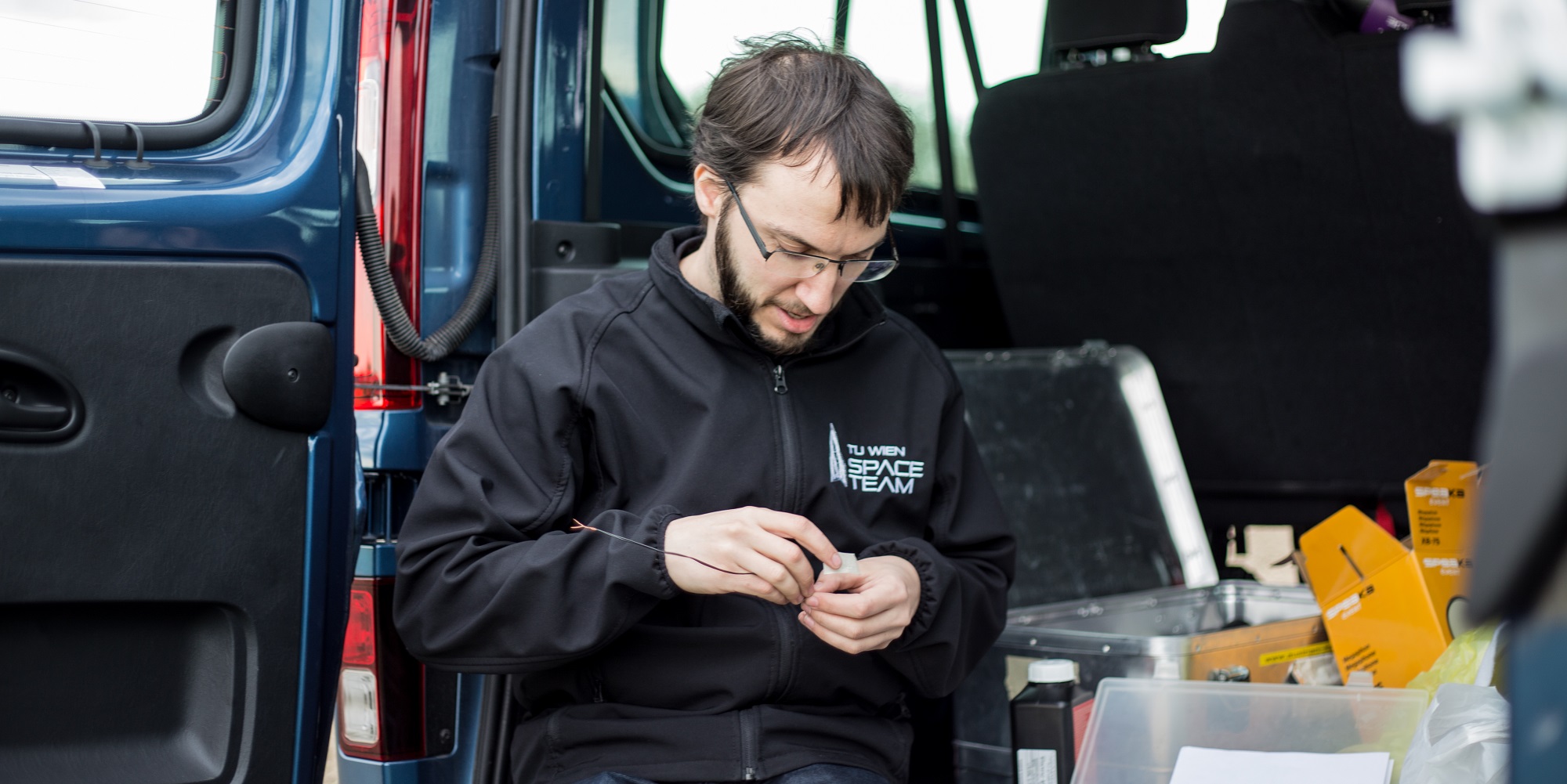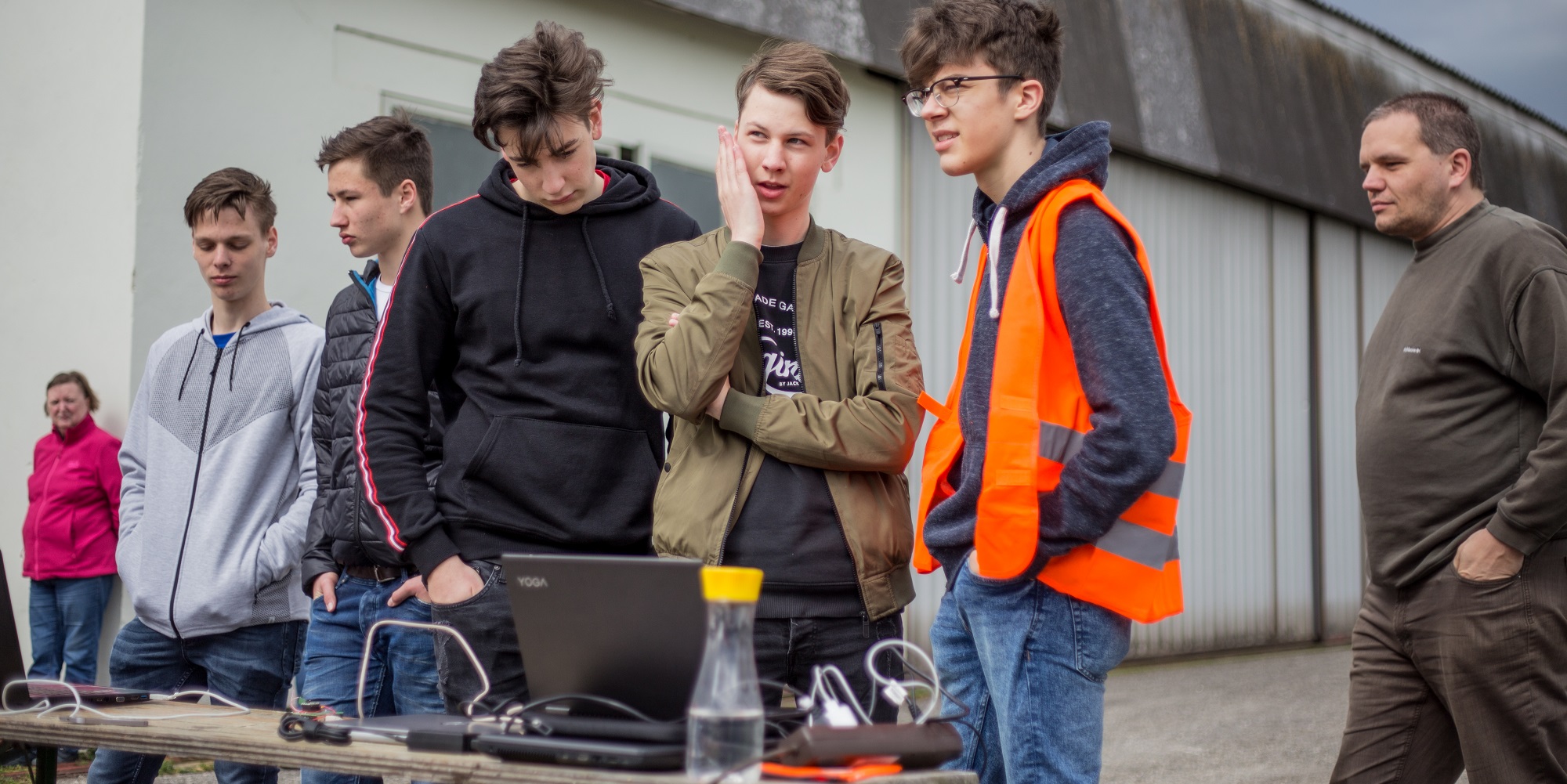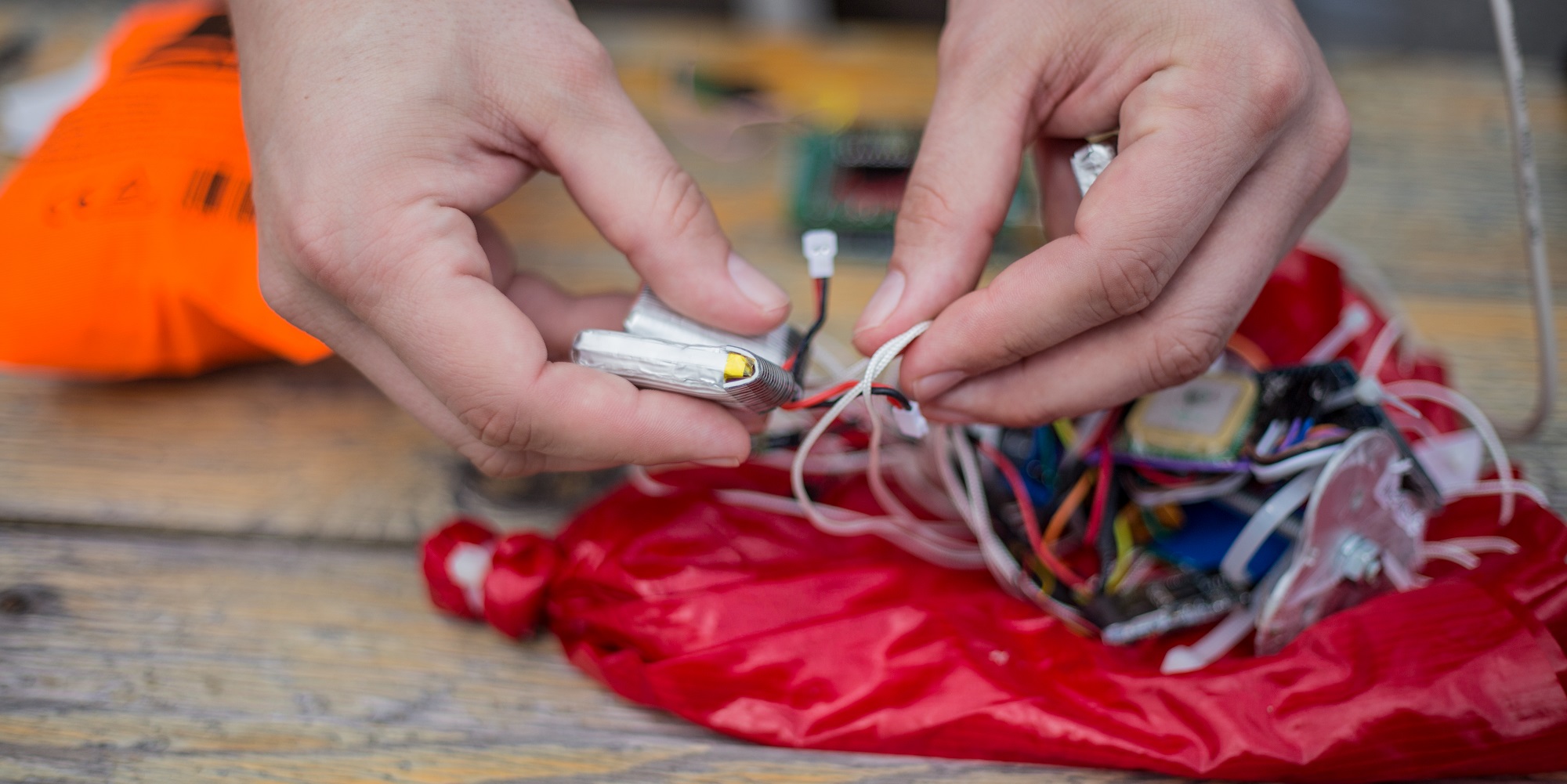CanSat is short for satellites (Sat) the size of a coke can (Can). The participating teams only had a few months at their disposal to build their very own mini-satellite, before they would have to show their skills at the big launch at the airfield Schärding-Suben in Austria. On its way back down to Earth, the small devices have to fulfill two seperate missions: Measuring the temperature and air pressure, as well as a secondary mission chosen by the teams themselves.
The competition was organized by the European Space Education Research Office (ESERO) Austria, the educational office of the European Space Agency (ESA), which, in Austria, is located at the Ars Electronica Center.
There was also a small camera hidden in the rocket built by Technical University Vienna’s Space Team. In the CanSat teaser, you can experience for yourself how it must feel like to fall from a rocket down towards the ground – just like the mini-satellites (and our camera!) did.

Credit: Magdalena Sick-Leitner
Befor the CanSats were sent towards the sky, the teams had a last chance to tweak and adjust the devices and consult with the Space Team about technical details.

Credit: Magdalena Sick-Leitner
The Drop Test acted as the last opportunity before the actual flight to make sure the CanSats fulfilled all requirements.

Credit: Magdalena Sick-Leitner
Then, the mini-satellites had to be turned in. The next time they would be used again was only next day – the day of the rocket launch.
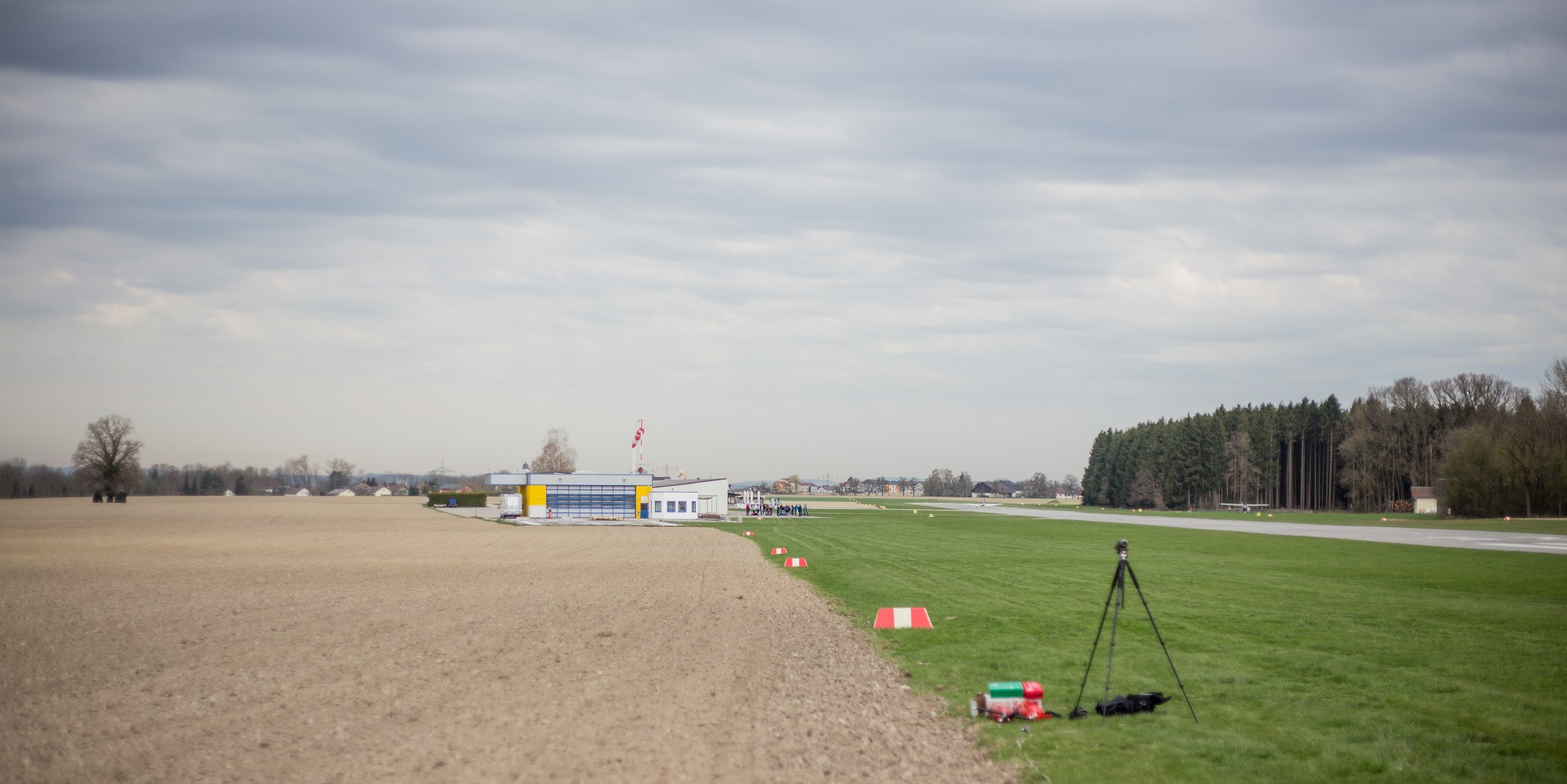
Credit: Vanessa Graf
The launch was to take place at an airfield almost directly on the Austrian-German border, at Schärding-Suben.
Credit: Vanessa Graf
The teames used the remaining time until take-off to check their mini-satellites once again…
Credit: Vanessa Graf
…just as the rocket engineers from Vienna.
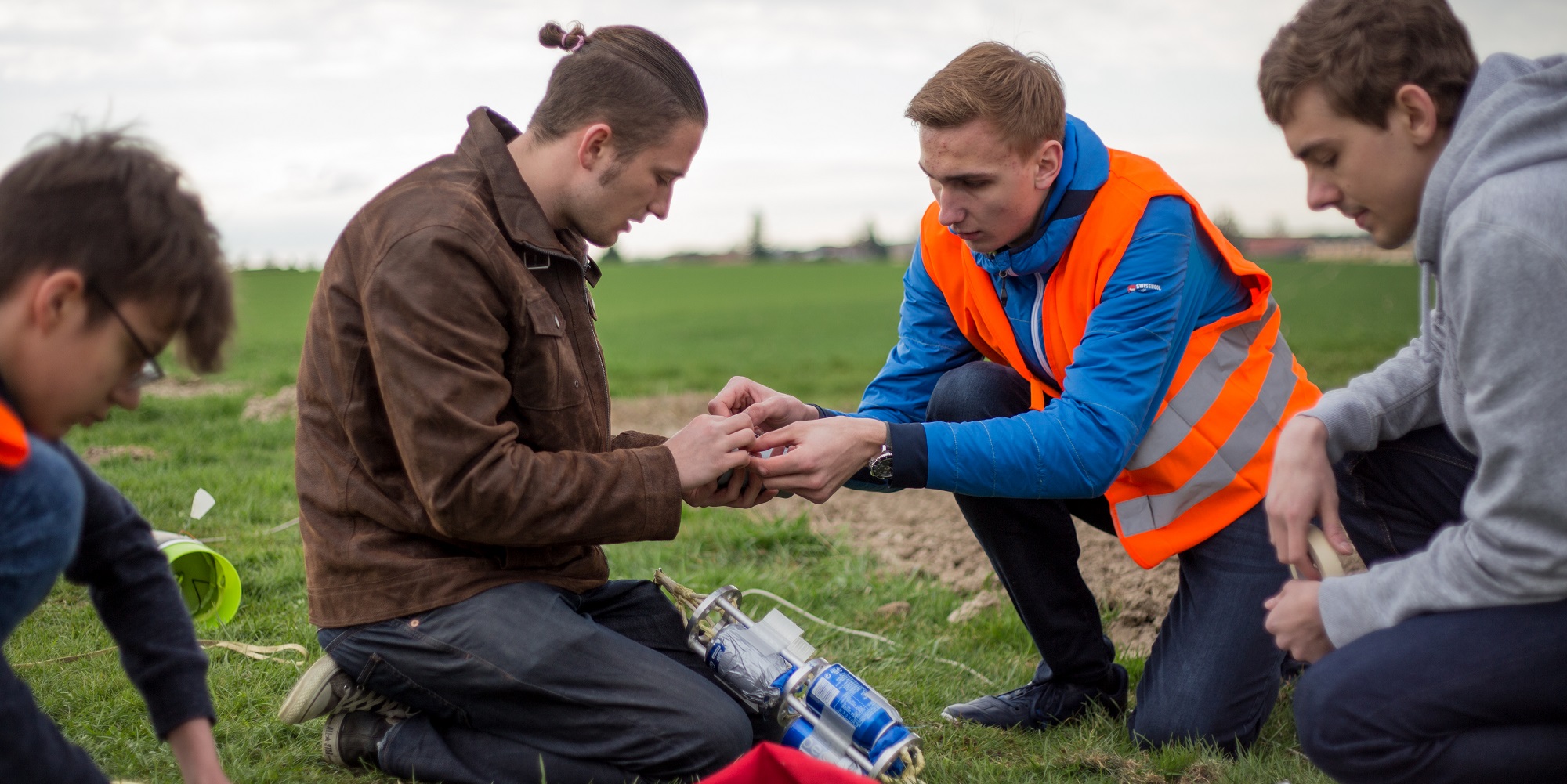
Credit: Vanessa Graf
On the airfield, the team leaders had the chance to insert their CanSats into the special contraption for the rocket.
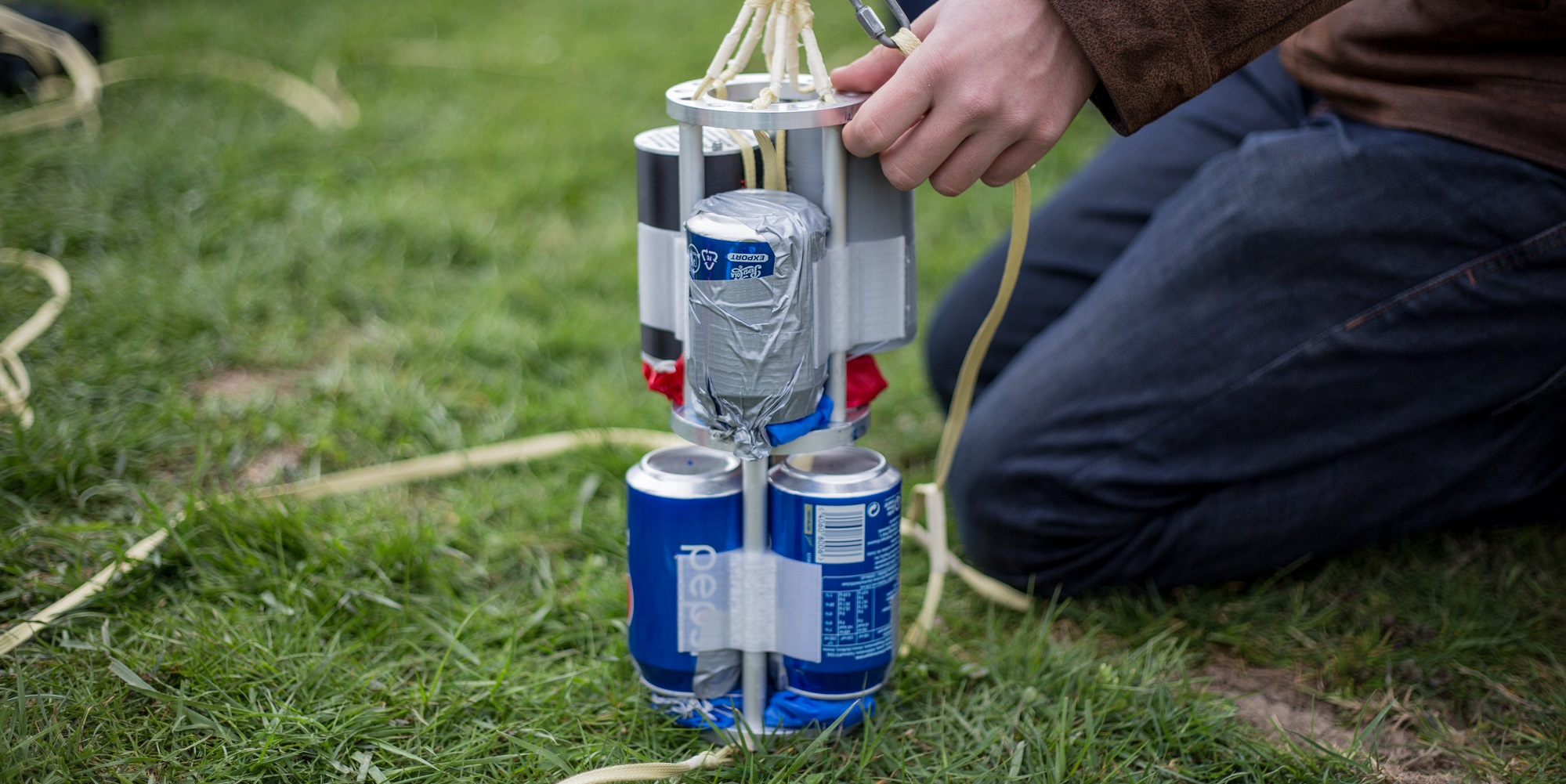
Credit: Vanessa Graf
The 3D-printed contraption…
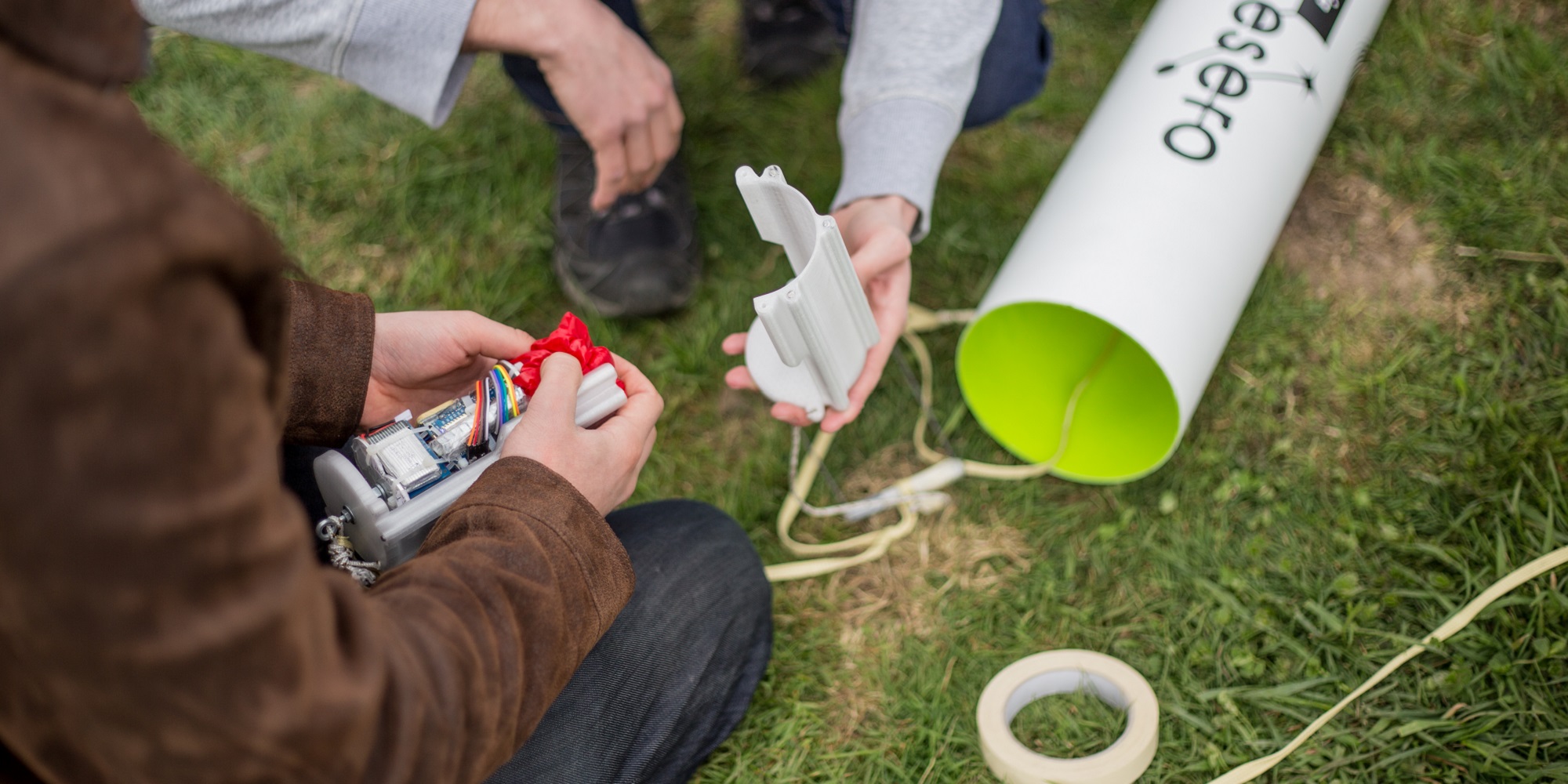
Credit: Vanessa Graf
…was carefully put into the rocket, where it would be safely transported to the clouds above.
Credit: Vanessa Graf
The teams waited anxiously at Ground Control…

Credit: Vanessa Graf
…or expectantly held up their beam antenna.
And then, the rocket was launched.
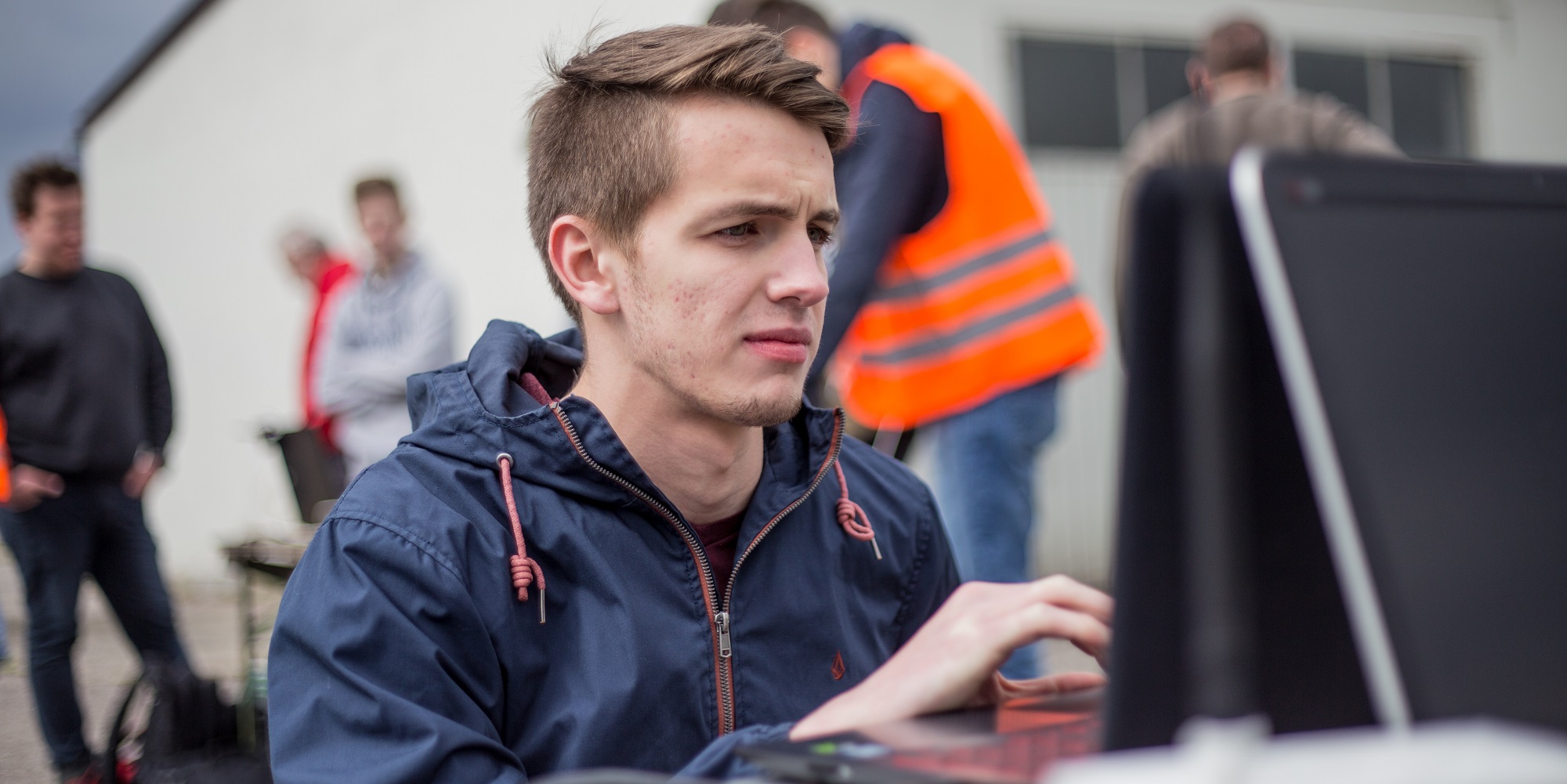
Credit: Vanessa Graf
Already during the descent, the teams controlled the sent data. Did everything go according to plan?
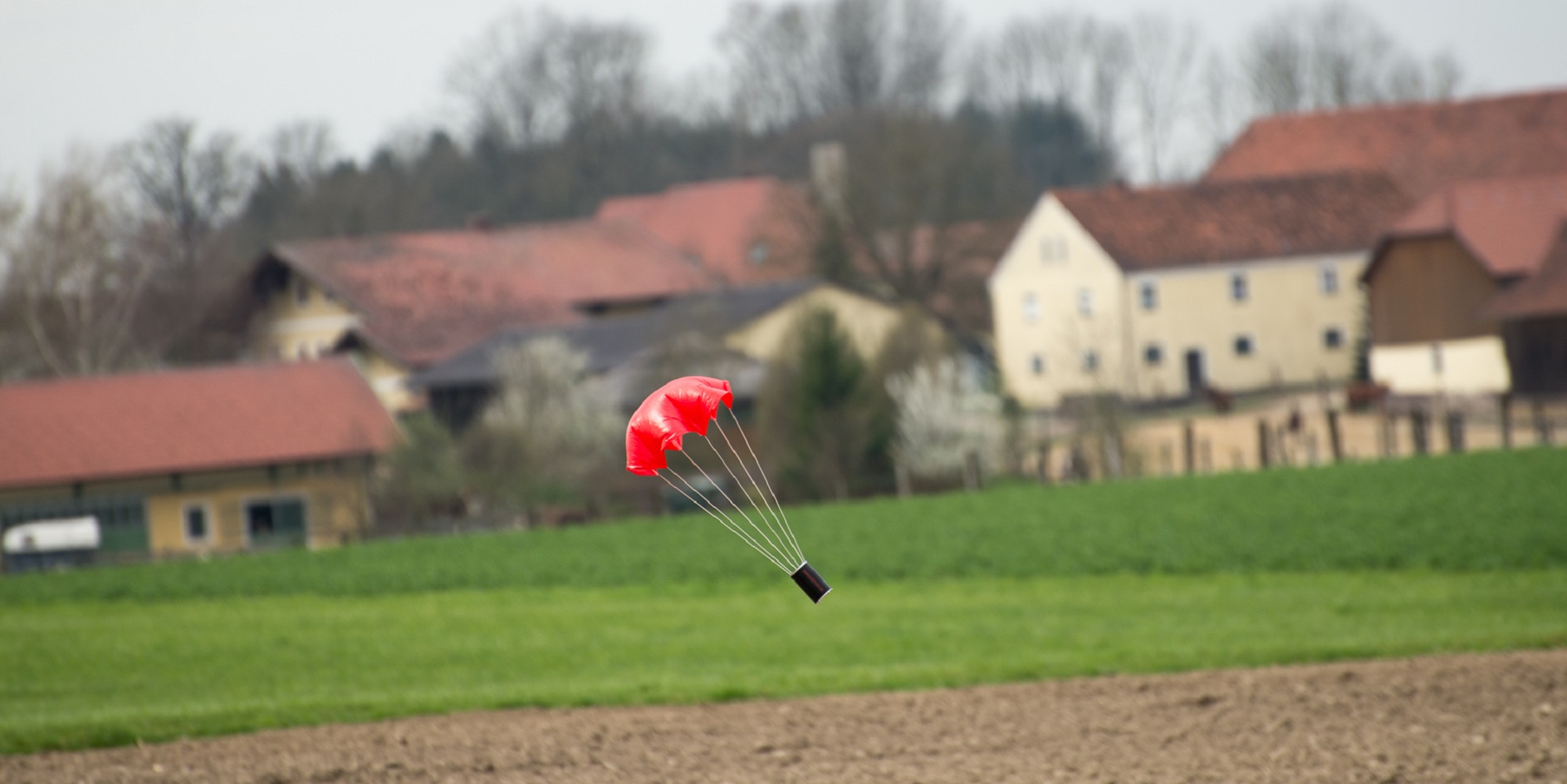
Credit: TU Wien Space Team
Slowly, the Cansats came back down to Earth.
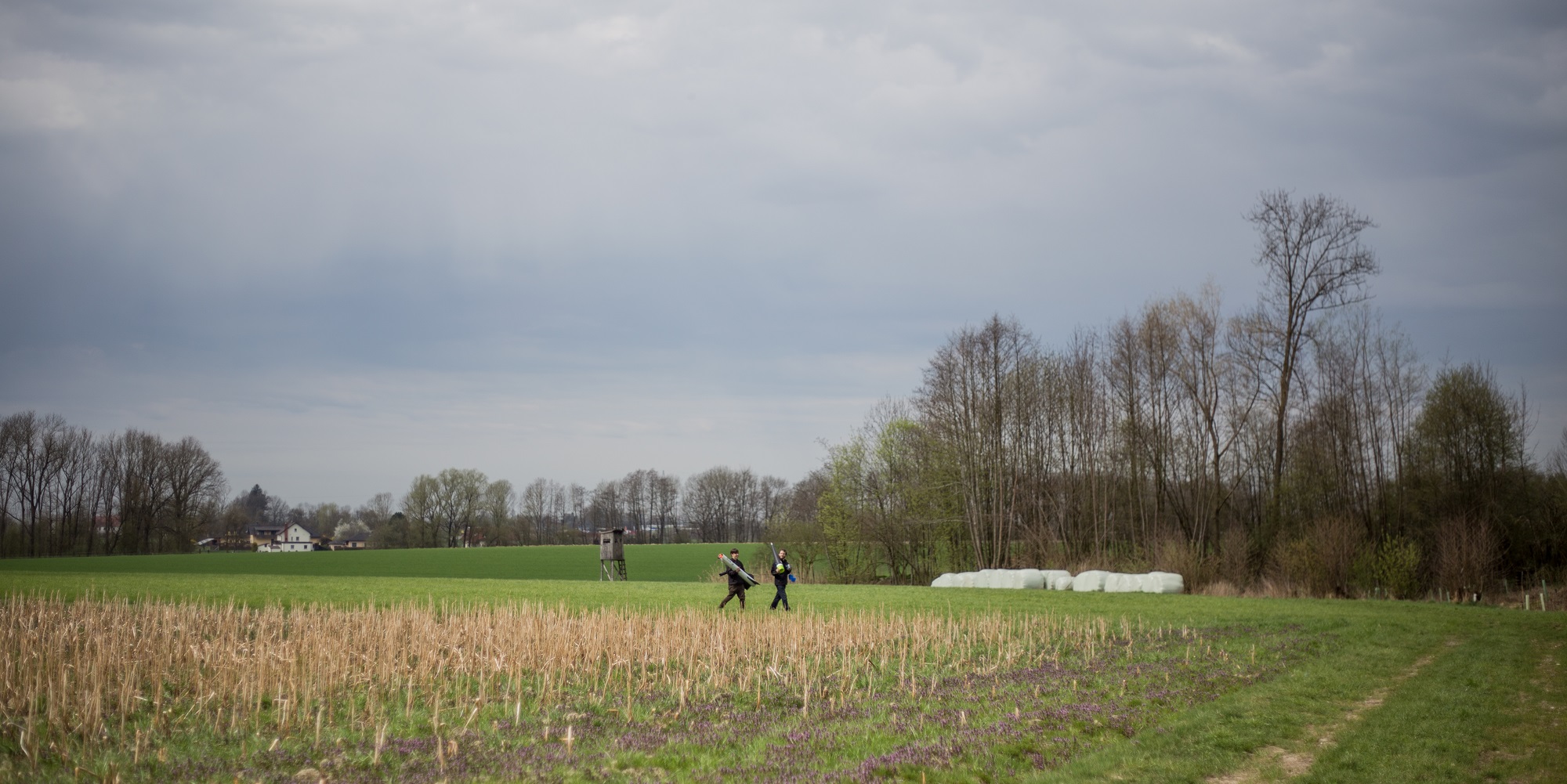
Credit: Vanessa Graf
Afterwards, all of the mini-satellites had to be collected from the airfield again. The rocket, too, landed with its parachute somewhere in a surrounding field – the Space Team went out to get it back to the launch base.
Credit: Vanessa Graf
Much attention went into the landed CanSats. Did they survive the flight?
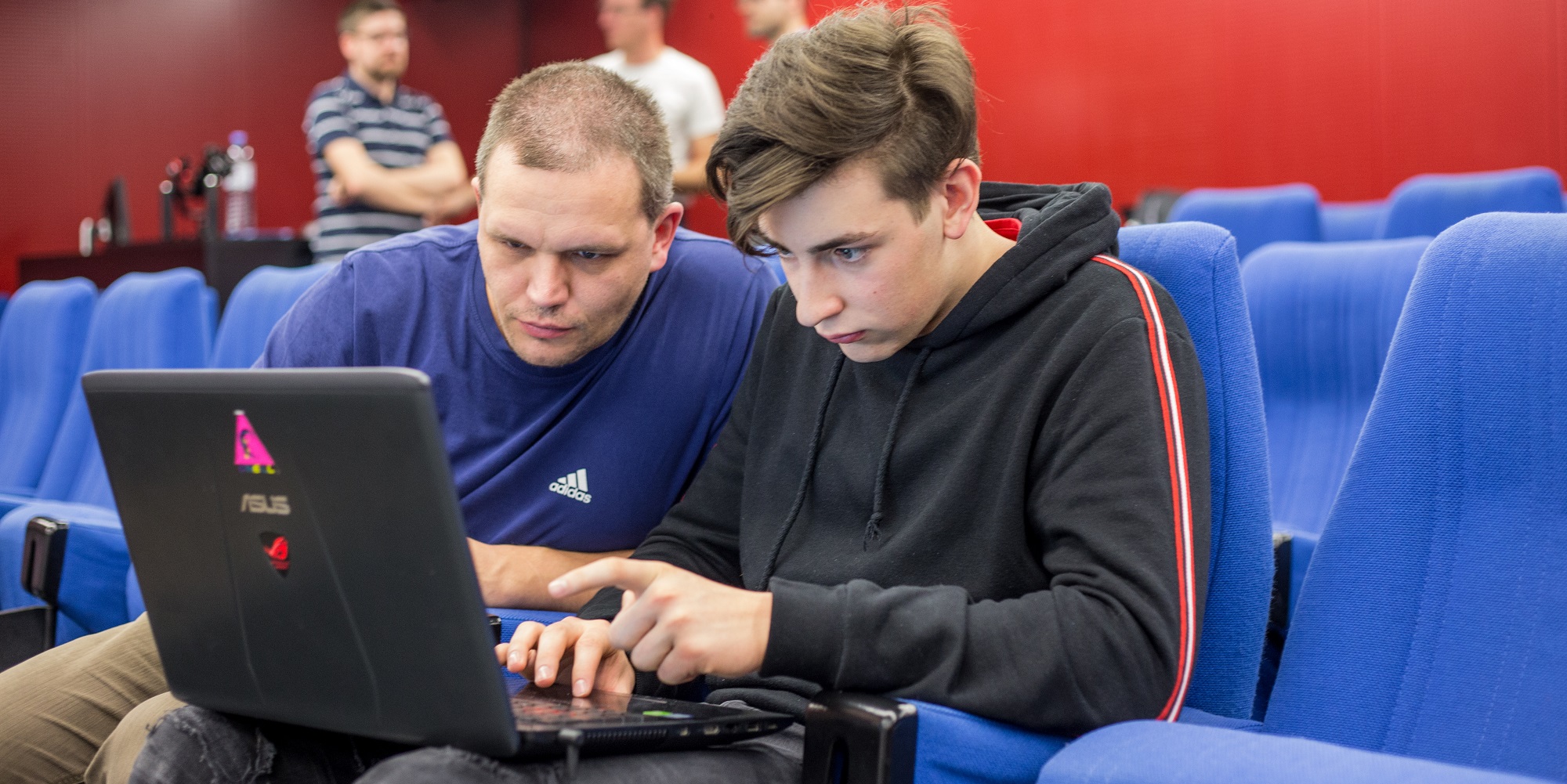
Credit: Vanessa Graf
Back at Ars Electronica Center, the data was evaluated and the teams could prepare their final presentations…

Credit: Magdalena Sick-Leitner
…which the CanSat jury based their decisions on the next day, when it was time to decide which team would win.
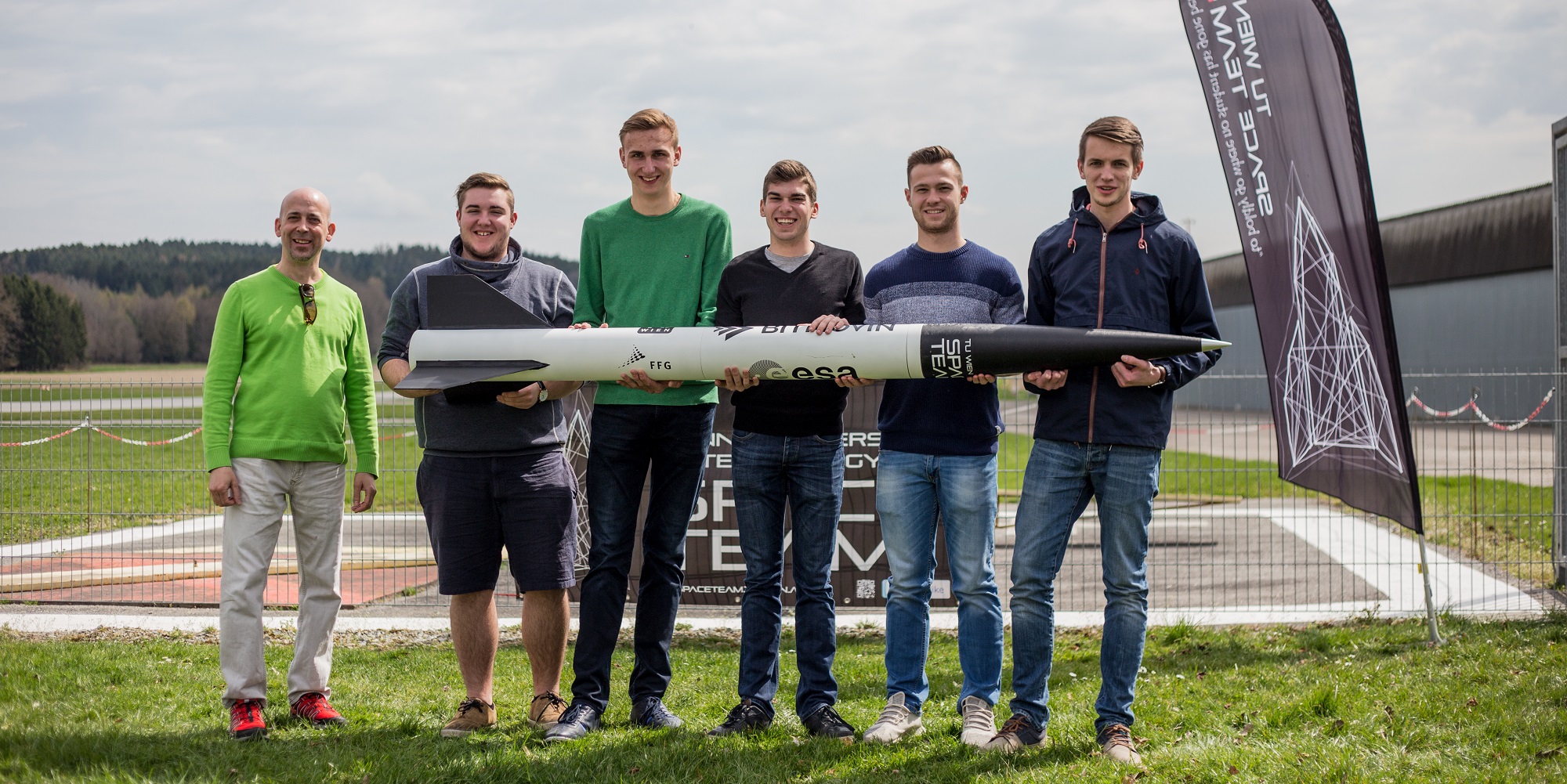
Credit: Vanessa Graf
And the winner is: Team EcoSat, formed by Klemens Fischl, Maximilian Hierner, Florian Leonhartsberger, Alexander Fraisl and Tobias Stronl, from HTL Ybbs! Congratulations! Our thanks also goes out to all the teams who participated.
There are new, exciting challenges ahead for Team EcoSat – at the European CanSat competitoin at the end of June 2018 in the Azores islands, their CanSat will once again have to show what it can do. We’ll keep our fingers crossed!



